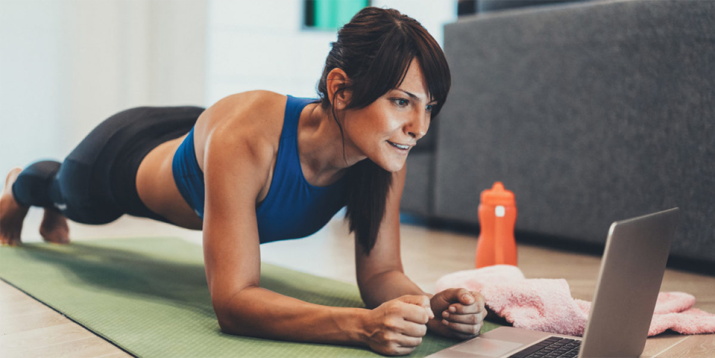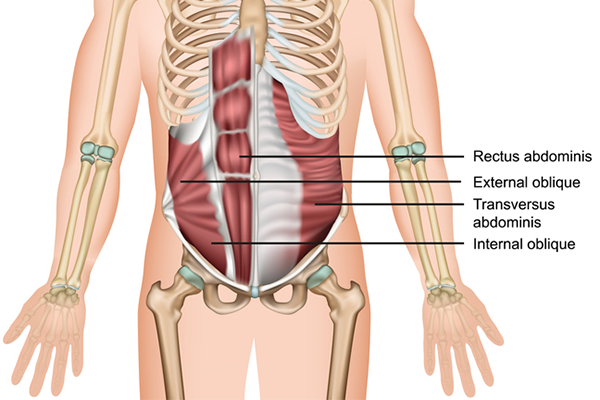How to Do a Forearm Plank for Beginners

Some fitness trends burn hot for a while and then go cold, which is why it’s helpful to focus on foundational, tried-and-true exercises that give you reliable fitness results. The forearm plank is one that will always have a place because it targets many muscle groups at once and offers tons of fun variations.
“The forearm plank is a deceptively simple move because you’re just holding a position and not moving,” says Aaron Leventhal, C.S.C.S., trainer, and owner of Minneapolis-based Fit Studio. “But [a lot is] going on in your body when it comes to strengthening your core and engaging other major muscle groups.”
Forearm Plank Exercise: Step-by-Step Instructions

Many muscles comprise your core. Fire all of them at once with these simple steps for tackling a forearm plank.
- Assume a push-up position, aligning your shoulders over your wrists, and drop down to your elbows, resting on your forearms. Your arms should be parallel, with your palms facing down.
- Extend your legs behind you, engaging your hamstrings and quads. Balancing on the balls of your feet, push through your heels to further activate your leg muscles.
- Press through your shoulders to dome your upper back. This move will protect your joints. Avoid arching your low back by pulling in your belly to engage your core. Squeeze your glutes.
- Isometrically pull your elbows toward your toes. Take deep breaths to oxygenate your muscles so that they can work hard to hold your body in a static position.
- Alternate between holding and resting for 10-30 seconds. Repeat 3-5 times.
You can modify your forearm plank with different variations like the forearm side plank, and forearm side plank with reach, forearm plank with a row, forearm plank with a lift — the list of modifications is long!
What Muscles Does a Forearm Plank Work?

Holding a forearm plank longer than a few seconds should have you shaking like a Chihuahua. As you shake, your muscles work to keep your body in position. Here’s what is working:
Rectus abdominis (your six-pack)
The ab muscle located at the front of the abdomen. It is responsible for bending your body forward and even side-to-side.
Obliques
Two muscles — internal and external — make up this muscle group. Found on the both sides of the rectus abdominis, the obliques run from the hips to the ribcage, helping you twist your torso and assist in anti-extension (overextension).
Transverse abdominis (TVA)
Layered below the above muscles on the front and sides of your body, your TVA muscle helps you stabilize the spine and hips by compressing the ribs and internal organs.
Erector spinae
These muscles that trace each side of your spine extend, laterally flex, and maintain the correct curvature of the spine.
Quadriceps (quads)
A larger group containing four muscles, your quads form around the front of your femur (thigh bone). Quadriceps are the extensor muscles of the knee.
Pectoral Muscles (pecs)
The pecs are on the front of your body on your upper chest. They stabilize your shoulders and upper body to keep you from dropping to the floor.
Forearm Plank Benefits
Surprisingly, you can get a lot from so little movement.
1. Core strength
The forearm plank is an isometric exercise that focuses on spinal strengthening and stabilization by working your core muscles. These muscles tend to contract isometrically, and the forearm plank mimics this contraction so that your core muscles work to stabilize your spine in everyday life.
2. Improved posture
Isometric moves strengthen the spine to keep you from hunching over while standing or sitting.
3. Help with other activities
Stronger core muscles help protect your spine so that you can perform other forms of exercise from kettlebell swings and deadlifts to HIIT workouts and safer running.
“When you regularly practice forearm planks, you’re creating a base for other movements,” Leventhal says. “It allows you to have much better form in everything you do, even when you’re not working out.”
